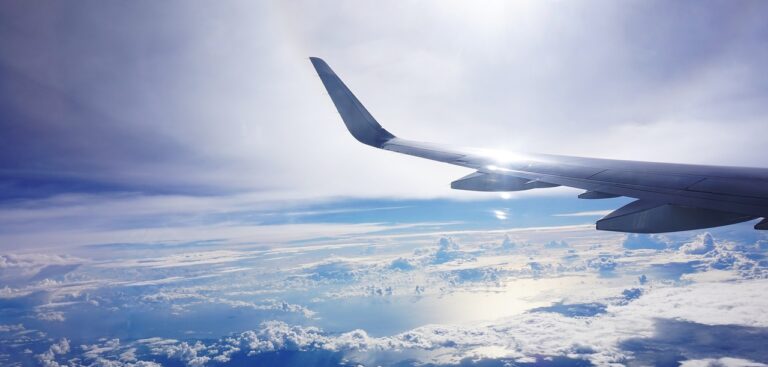Research from the University of Reading has found that dangerous clear-air turbulence has increased with the changing climate, with an increase of more than 50% on certain routes compared to four decades ago.
At a typical point over the North Atlantic, one of the world’s busiest flight routes, the total annual duration of severe turbulence increased by 55% from 1979 to 2020, the researchers found.
Mark Prosser, study lead and a meteorologist at the University of Reading, said, “Turbulence makes flights bumpy and can occasionally be dangerous. Airlines will need to start thinking about how they will manage the increased turbulence, as it costs the industry US$150-US$500m annually in the US alone. Every additional minute spent traveling through turbulence increases wear-and-tear on the aircraft, as well as the risk of injuries to passengers and flight attendants.”
Clear-air turbulence can be particularly hazardous because unlike turbulence associated with a storm, it’s essentially invisible to remote sensing tools used for aviation. It’s also challenging to predict because it is created by small-scale eddies that are too localized for most weather models to explicitly calculate.
Scientists have evidence that clear-air turbulence will be more frequent in the future because of climate change, but previous efforts to calculate past turbulence trends have been hampered by outdated, low-resolution data sets, non-global coverage, or the use of only a handful of turbulence calculation methods.
To test whether turbulence has increased over time, Prosser and colleagues analyzed 40 years of high-quality atmospheric data. The team went beyond previous work by calculating clear-air turbulence in 21 different ways over the past 40 years for the first time, producing the most detailed picture yet of how turbulence has already started to change.
The researchers found severe clear-air turbulence increased from 17.7 hours in 1979 to 27.4 hours in 2020, or 55%, for an average point over the North Atlantic. Moderate turbulence there increased by 37% from 70.0 to 96.1 hours, and light turbulence increased by 17% from 466.5 to 546.8 hours.
While the North Atlantic experienced the largest increases, the new study found that other busy flight routes over the USA, Europe, the Middle East and the South Atlantic also saw significant increases in turbulence.
The increases in turbulence are consistent with the effects of climate change, according to previous research. Warmer air as a result of carbon dioxide emissions is increasing windshear in the jet streams, strengthening clear-air turbulence in the North Atlantic and globally.
Paul Williams, an atmospheric scientist at the University of Reading who co-authored the study, said, “Following a decade of research showing that climate change will increase clear-air turbulence in the future, we now have evidence suggesting that the increase has already begun. We should be investing in improved turbulence forecasting and detection systems to prevent the rougher air from translating into bumpier flights in the coming decades.”
To read the complete study published in the AGU journal Geophysical Research Letters, click here.



